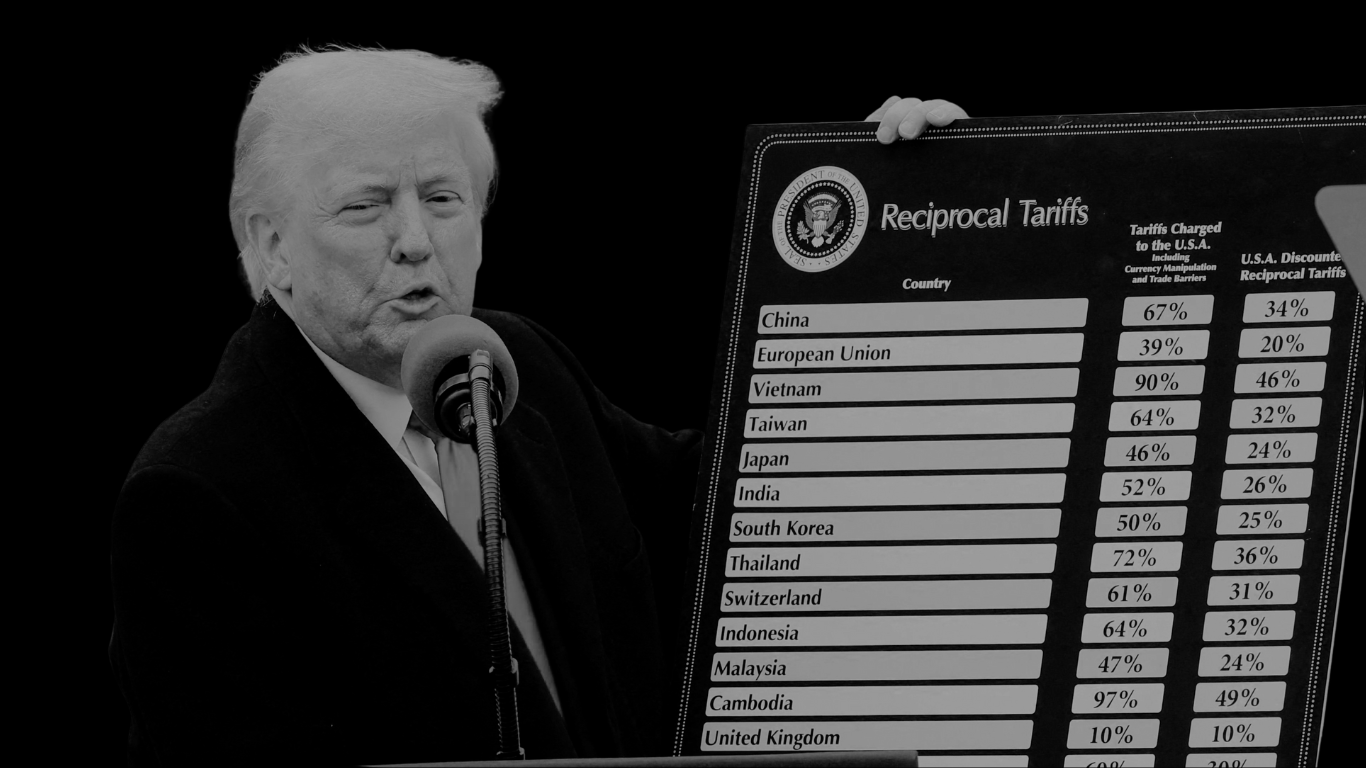A quality pricing structure is the heartbeat of your business, defining your cashflow, profit margins and whether or not you’re going to be successful. Getting your pricing structure correct is easier said than done, and often it may take a few rounds of trial and error in order to properly determine the exact value of your product/service.
A pricing structure also affects the delegation methods of your business, and vice versa. Delegation isn’t just about working out what task should be given to what person, but rather formulates ways in which certain tasks or roles can be cut down in supply costs, as well as time being dispatched to another facet of the business which is of more importance.
We spoke to Nordens’ Director of Cloud and Accounting, Panayiota Viglas, on how to best set a pricing structure, the determining variables which affect this, and the significance of automation in business.
Just how important is setting a correct pricing structure in business and what are the negatives if this isn’t in place?
Pricing is one of the main components of a business and is the engine in which powers your business so to speak. All that you do within the business will be affected by it and adversely, it affects all you do in the business. Whether it’s a product or a service you are providing, your price will determine which resources you can use to provide it and just how hard you will need to work to get it.
Getting the price wrong for a product or service essentially determines whether you make a profit or not. Likewise, if you’re successful in the pricing strategy and you manage to make a profit, it also determines just how much is made and the amount of work needed to make it. You can then calculate the exact amount of how much your product/service needs to be made and supplied, which will give a solid sense of its value and sell on value.
What are the main parameters/variables to consider when pricing your product/service?
Supply and demand is a key factor that determines pricing, however a successful business owner will create demand by making their service or product more desirable to its target market. This can be done in many different ways, which all boils down to good marketing. The right price will ideally fall between the cost and the value you are offering your customers.
To get the mix right, you have to consider your bottom line of course and that is the easiest part. You then don’t want to go too high and deter your potential customers, whereas you don’t want to go too low wherein it devalues the service you are giving or the product you are selling. If you are providing a service, setting it too low can even demotivate your team, as the service they are providing is being undervalued which in turn creates a sense they are undervalued.
That is why it is important to understand your potential customer and their needs, what your competitors are offering, and the value you are providing your customer. The worst thing you could do is try to sell high-cost products but not understand how to sell the value of those higher prices. It’s so beneficial to grasp a solid understanding of accounting to know your costs and learn sales to sell value. Knowing the basics will help your pricing strategy succeed.
Your pricing strategy needs a lot of thought, as like we say, it determines all you do in the business. Some factors that you need to consider when determining the right price for your product or service are:
Understanding your costs – Consider all the costs and resources needed in providing your service or product to the consumer and what the break-even amount is on that. Your price and your cost should ideally give you a positive cashflow. In simple terms, you need to know your costs to know your bottom line and ensure your price is above this, otherwise you will lose money.
When looking at your costs you cannot solely look at the direct costs attributed to the manufacturing or providing of your product or service. You will also need to remember the indirect costs of getting your products known and desired through sales, marketing, administration, operations, and financing.
Understanding your customers’ unmet needs – The potential in your pricing is determined based on the value added to your customers. Therefore, it is essential to understand that need, fill that gap In the market, and then make it known where you differ from your competitors. This will allow you to price based on the value you have added to your customer.
Evaluate and understand your competitive strengths and weaknesses – Understand the value you add to your competitors by comparing your service and/or products to theirs. It’s important to know that even if you add more value than competitors, you may not be able to charge more for a sustained period as your competitors may replicate this down the line.
Adjust your process based on margins – If you price lower than your competitors, you will need to be more cost-efficient. This can be difficult for newer companies and start-ups due to such things as the economies of scale that can be gained through being a well-established business. If you price higher than your competitors, you will need to show and sell your value. Likewise, if you price similar or equally to your competitors you will need to differentiate yourselves from those competitors to attract customers to your business.
Keep at it – You may be super lucky and get your pricing right the first time and straight away, but this is unlikely. In the small chance that you have however, internal and external factors change all the time so it is important you are constantly looking at all of these and adjust accordingly.
A main part of pricing delves into delegation, making sure the right people are a fit for the right job in the business. How do you successfully delegate without upsetting your team or risking damage to your business?
I think the main determining factor in how successful you can be in business is being able to delegate operations to a great team that is built around you. As a business owner, you cannot be all things to all people and if you try to be, then something will have to give. You will essentially spread yourself too thin, which will affect the quality of what you are offering. You will also likely lose your zeal or passion for your business that you once may have had, as you’ll become overworked and overtired from the crushing demand you’ve set yourself.
A good leader and business owner will empower their team to take on more responsibilities. This will allow them to shine and prove their skills in what they can do and achieve for the business. You will create a great sense of achievement amongst your team and of course be able to achieve more, creating a healthy and progressive working environment which is bound to continue to reap rewards.
Delegation isn’t just the process of passing on bits of work you don’t want to do, it is training and hiring the people around you to have the skillset to complete the role with higher quality than yourself. You need to be clear in setting expectations, checking in with the progress, and then letting the person prove that they understand and can achieve what is being asked of them. It may feel awkward at first as we often feel it’s just easier ‘to do it myself’, ‘I understand it and do it all the time’, or ‘I don’t have the time to train someone else to do it’. You must see delegation as an investment. The time you put in now in delegating a job or process to someone else, will enable you to gain time in the long term to completely focus on other aspects of your business which require your attention.
Having people you can delegate to not only means that you have increased your potential in providing your products or services to more people, it also means as a business owner you have more time to do oversee your whole business and be a true leader. Something I often say to the managers I work with is, ‘I trust you to take over and should something go wrong I’ll be available to help fix it if needed’. Without taking that step and taking the risk, you won’t know the full potential of the team you have around you.
Delegation in today’s world is largely about deciding which tasks/roles should be digitally automated or even outsourced. What is the process behind this and what are some of the risks involved in excessively automating?
This is definitely an efficient way forward. Using technology to automate processes can be extremely helpful and free your time to concentrate on the more important tasks. Automation can help your business achieve higher productivity, reliability, consistency, availability, and all at a reduced operating cost if done correctly.
One of the things you should already be automating is your finance operations. Make sure you have cloud bookkeeping software that automates bank feeds and takes out the manual input of the process. As well as this, automate your sales process and debt collection. These are really simple processes, and the software already exists and is readily available to use. There should be no reason that anyone in your business, even if it is not you as the business owner, should be using their time manually processing these functions.
Think about any other manual processes within your business, is it an inputting process that doesn’t require much thought? Can you easily create a system or software that can automate this for you? If the answer to both of these questions is yes, then you need to seriously think about getting this into motion. The more you can use automation to make things quicker, more efficient and consistent, the better the output and the more time you create for yourself and your team that can be used to grow your business.
We hope this has outlined to you the importance of pricing and delegation in business. If you require any further information on any strategic advice, or anything accounting related for that matter, please don’t hesitate to get in contact with us at Nordens where one of our trusted advisors would be happy talking you through your query.









































































































































































































































































































































































































































































































